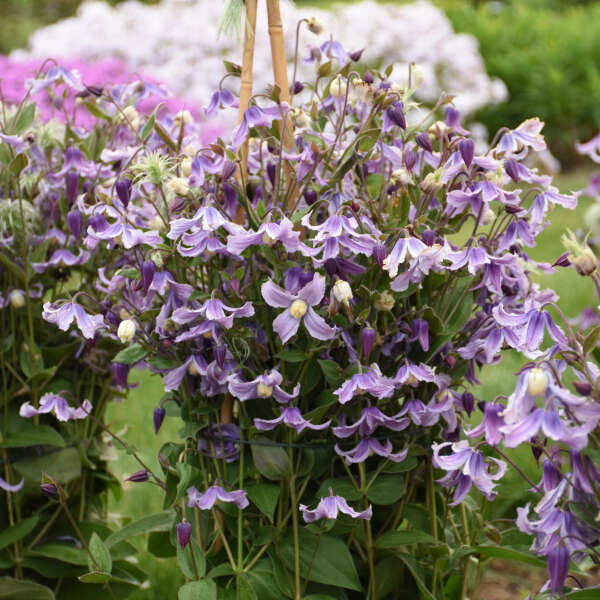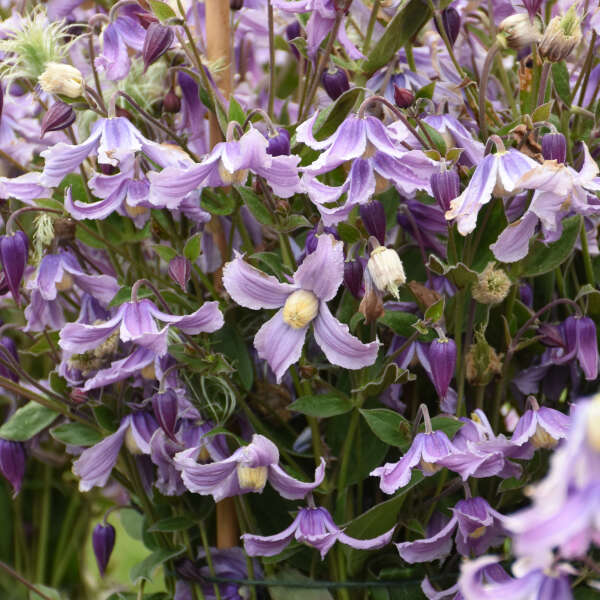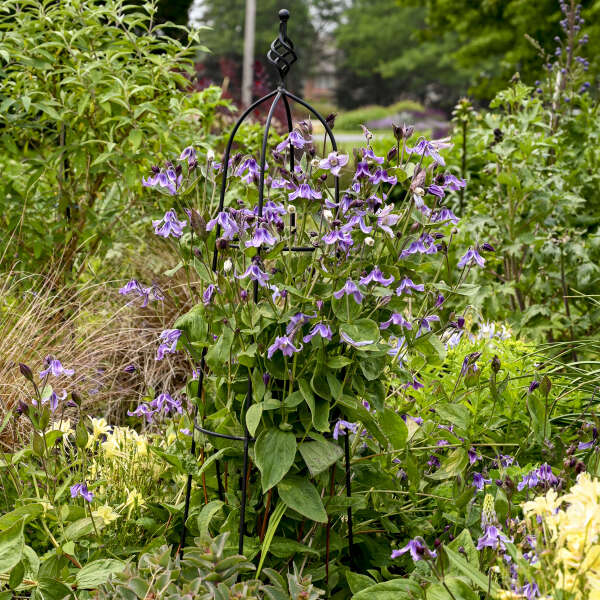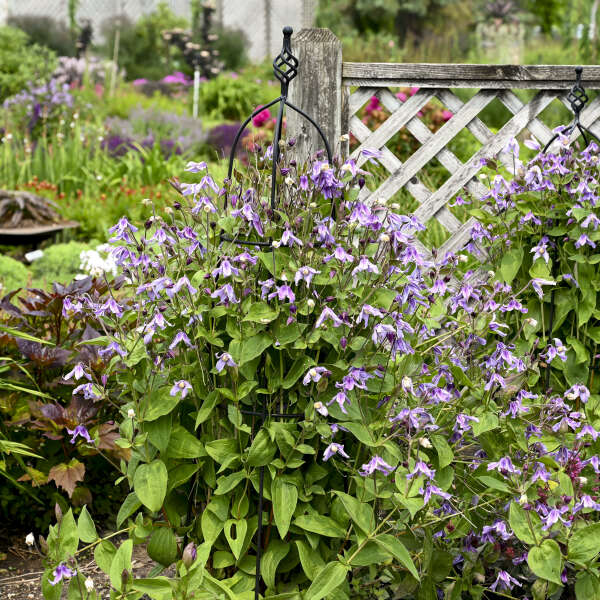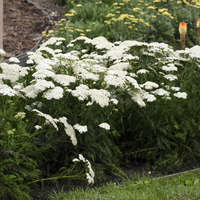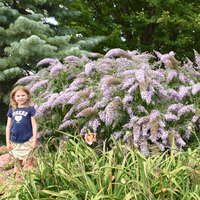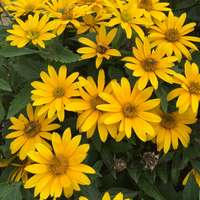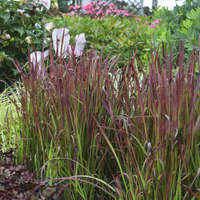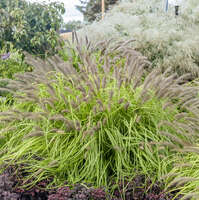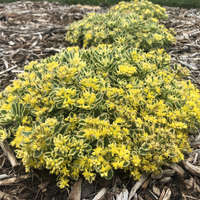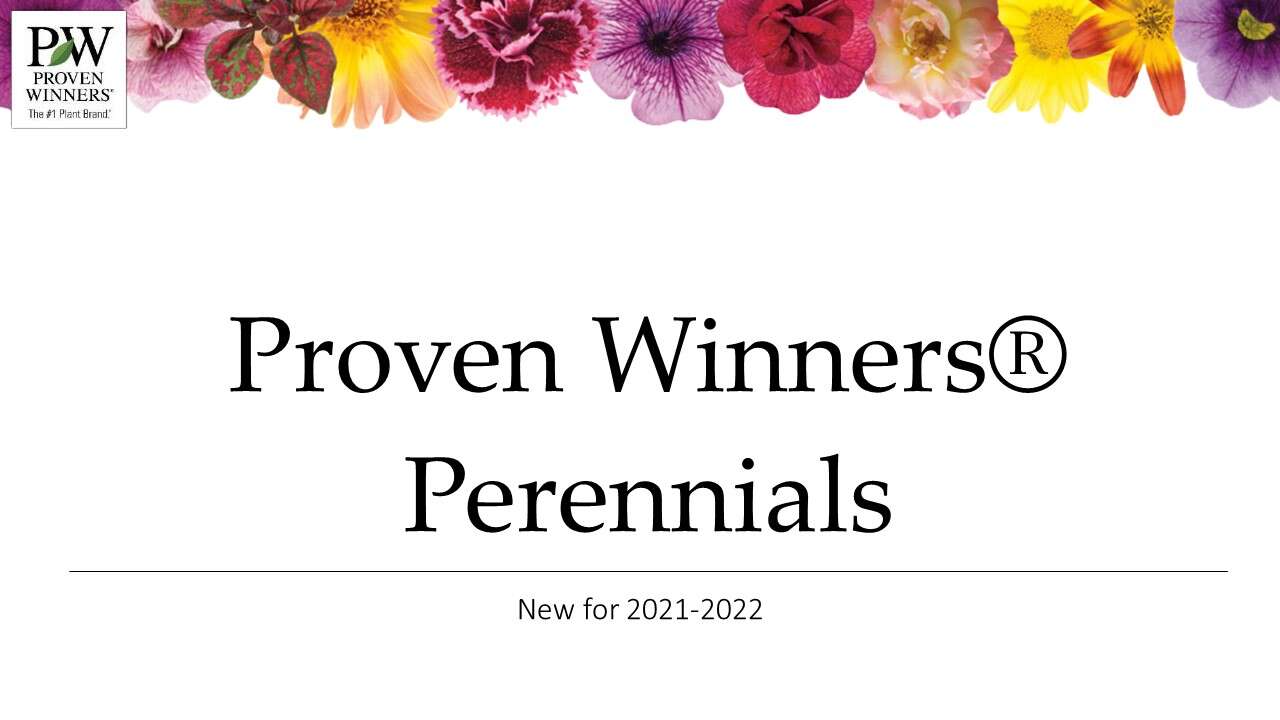Clematis 'Stand by Me Lavender' CPBRAF PP34275
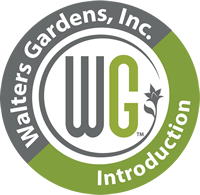

Common Name: Bush Clematis
Riding on the coattails of the much-talked-about 'Stand by Me' comes a new color for the Bush Clematis type! This variety has the same performance as 'Stand by Me' but with a lavender shade of flowers to join the original's blue. Dark purple buds open to lavender purple, bell-shaped, nodding flowers. Attractive cream thread-like seed heads follow. Broad, green foliage. This plant benefits from staking, cages, or neighboring plants for support.
Grade #1 Bare Root |
